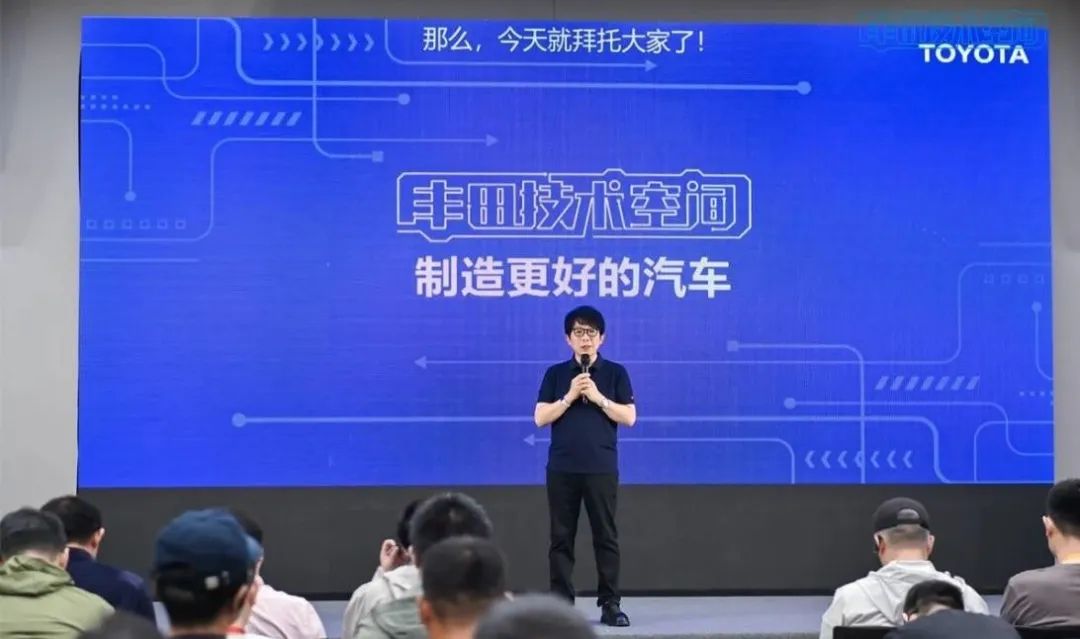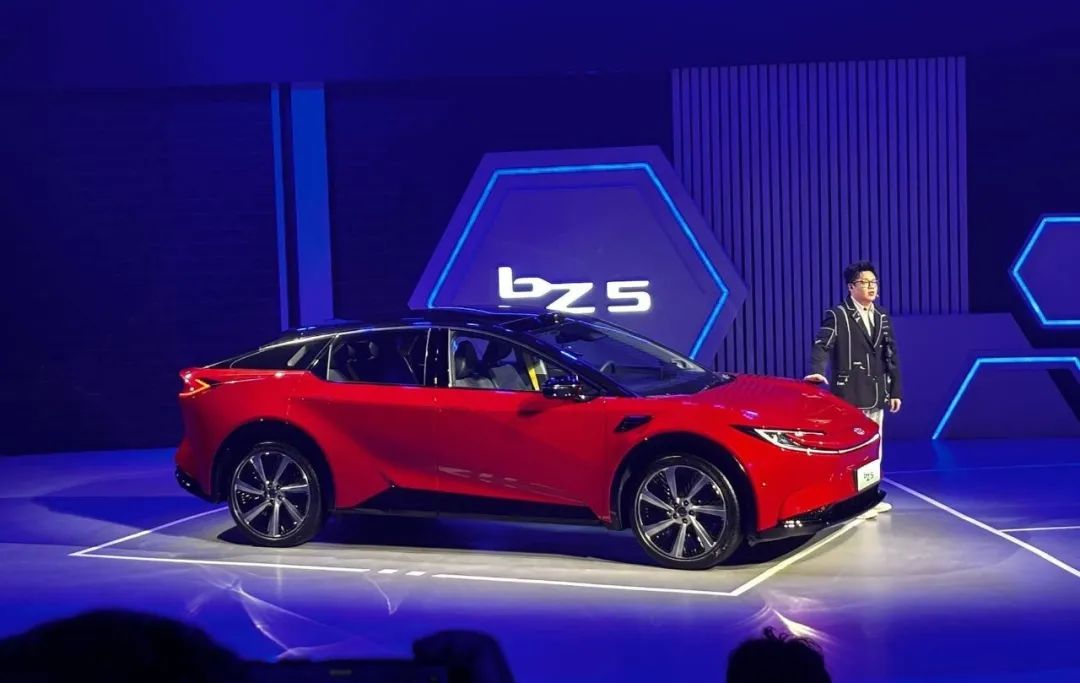Exclusive: Toyota's China R&D Alliance with BYD, GAC, and FAW Hongqi Powers New FAW Toyota Vehicles
![]() 06/13 2025
06/13 2025
![]() 411
411

Toyota is relying more heavily on Chinese partners to launch locally tailored new cars. AutoPix has exclusively learned that in addition to GAC and BYD, Toyota's joint development partners in China now include FAW Hongqi.
In some respects, Toyota has achieved a deeper level of 'localization' than Volkswagen. Beyond the BZ series, AutoPix has also learned that Toyota's classic product lines, such as the RAV4, Highlander, and Sienna, will be part of joint development projects, with Chinese partners contributing core technologies. By 2027, these joint projects will serve as Toyota's cornerstone for maintaining its presence in the Chinese market.
By Cao Lin
Edited by Mao Shiyang
Original content by AutoPix (ID: autopix)
In early April of this year, Toyota announced the implementation of the RCE (Regional-Chief Engineer) system, transferring product R&D decision-making power for the Chinese market to local teams. This move has significantly accelerated Toyota's new product launches in China.
On June 10, FAW Toyota unveiled its new pure electric SUV, the bZ5. Earlier in April, GAC Toyota debuted its flagship new energy sedan, the BZ7, and a month prior to that, the BZ3X was launched.
The rapid rollout of new BZ series models is a direct result of Toyota's open cooperation with Chinese automakers like BYD and GAC under the RCE system. AutoPix has learned that among these three models, BYD-Toyota's joint venture provided technical support for the BZ5, while GAC assisted in the R&D of both the BZ7 and BZ3X.
Currently, these new BZ series models are exclusive to the Chinese market, similar to Volkswagen's collaboration with Xiaopeng on the initial ID. series models. However, Toyota's openness goes further, as joint R&D extends not just to the BZ series but also to a range of Toyota's classic models.
On June 12, GAC Toyota announced its foray into extended-range electric vehicles (REEV) and plug-in hybrid electric vehicles (PHEV), launching extended-range versions of the Highlander and Sienna, with plans for future PHEV models. AutoPix has exclusively learned that, in addition to the announced models, Toyota will include multiple classic models in joint R&D projects, including FAW Toyota's RAV4.
Toyota's joint R&D partners will continue to expand, with FAW also providing technical solutions to Toyota. In the future, a new FAW Toyota product will be launched based on a new energy vehicle from its Hongqi brand.
Among multinational automakers with R&D presences in China, Toyota was once considered conservative. However, with the establishment of the RCE system, Toyota has become one of the most open in certain aspects.
In April of this year, Yoshiki Konishi, general manager of Toyota's Intelligent Electric Vehicle R&D Center (China) Co., Ltd. (IEM), revealed that the RCE not only bears the greatest responsibility for the development of future products but also conducts enhanced development for current models sold in the market.
Now, 'future products' may be embodied in locally exclusive new BZ series models, while 'current models' may refer to classic products like the Highlander. Automakers like Volkswagen have yet to place development decision-making power for classic products in China.
Toyota's transformation of its Chinese R&D team involves two key levels: decentralization, where R&D management and decision-making power are delegated to China to achieve localization of the R&D system and supply chain; and consolidation, where a new One R&D system is introduced in China to unify the management of previously scattered R&D personnel across FAW Toyota, GAC Toyota, BYD-Toyota, and Toyota IEM.
This new R&D system has allowed Toyota to integrate more swiftly into the Chinese market, with responsive changes in pricing and products.
 ▍FAW Toyota bZ5
▍FAW Toyota bZ5
Taking the two locally developed pure electric new cars that have been launched as examples, the GAC Toyota BZ3X and FAW Toyota bZ5 are priced at 109,800-159,800 yuan and 129,800-159,800 yuan, respectively. These prices are lower than most competing independent brands, marking a departure from Toyota's previous strategy of pricing joint venture cars 30,000-50,000 yuan higher than independent brands.
In terms of product configuration, these models place greater emphasis on intelligence. Mid-to-high-end configurations of both models are equipped with LiDAR and introduce advanced assisted driving solutions. The newly launched BZ7 from GAC Toyota will feature a smart cockpit solution powered by HarmonyOS.
By learning from independent brands, Toyota has found its footing in China's new energy market. The BZ3X delivered over 10,000 units within 40 days of its launch. In contrast, the BZ4X, previously developed by Toyota's overseas R&D team, has been on the market for over a year and a half, with a monthly sales volume not exceeding 700 units and a low of only 71 units.
A person close to Toyota's R&D system told AutoPix that without the support of joint development partners, the development cycle of these new cars would have been at least three years longer.
To advance projects more swiftly, Toyota has opted to sacrifice certain aspects, such as not fully redefining functions, especially those related to intelligence. Instead, it reuses or references existing solutions from partners for many interior and exterior parts. This approach not only reduces costs but also shortens the development cycle.
This strategy has attracted criticism, with some users believing that the BZ3X is a 'rebadged' version of an older Aion model.
However, in joint development, Toyota maintains its own standards, particularly in areas related to safety, such as batteries, brakes, and steering. The aforementioned person in charge told AutoPix that Toyota will not compromise on safety components and that 'they must meet Toyota's stringent standards.'
This article is original content by AutoPix (autopix) and should not be republished without authorization.








